Multidirectional Instability (MDI)
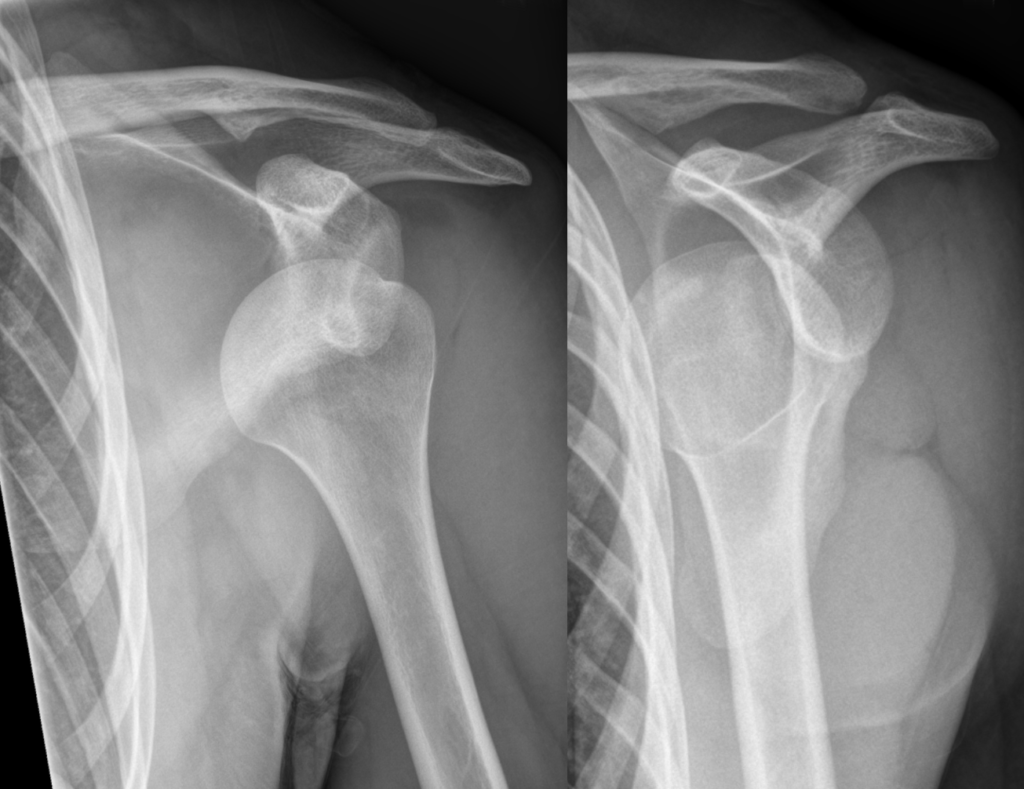
Multidirectional Shoulder Instability (MDI)
If you have been experiencing shoulder pain and stiffness, you may be suffering from multidirectional shoulder instability (MDI). MDI is a condition that affects the shoulder joint, causing it to become loose and unstable. In this article, we will discuss the symptoms, causes, and treatment options for MDI. We will also provide you with a guide to help you manage your condition. Keep reading to learn more!
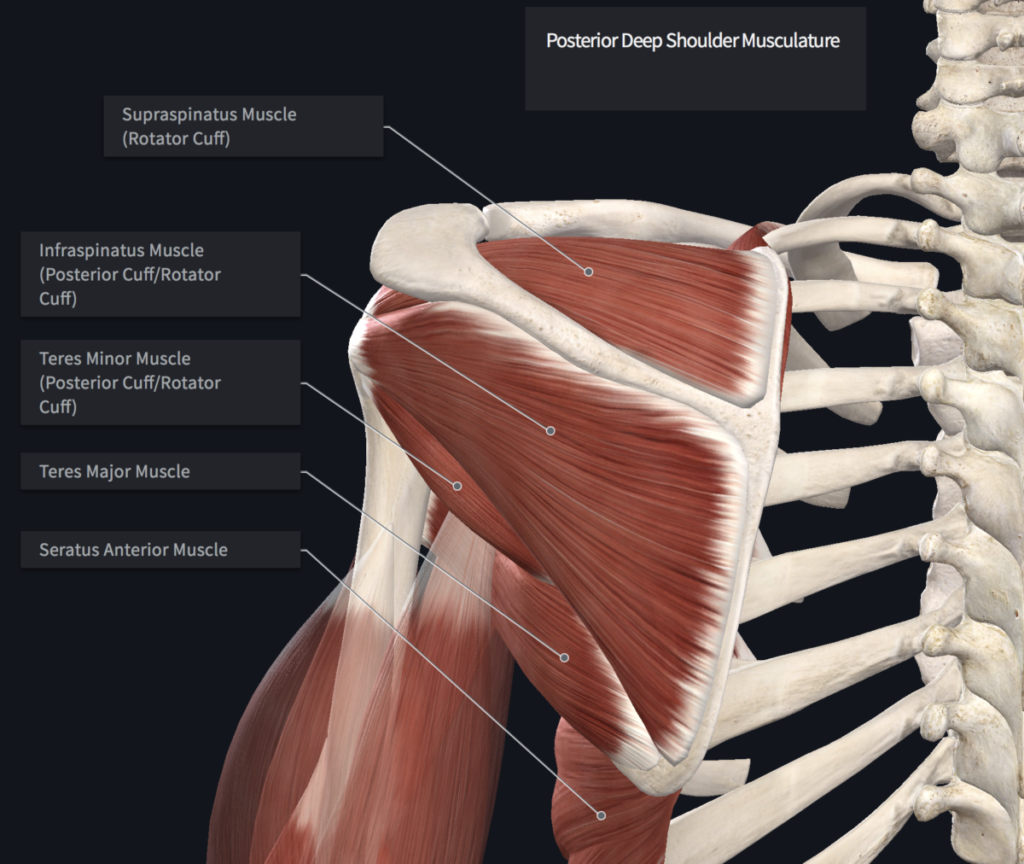
Multidirectional Shoulder Instability (MDI): An Overview
Multidirectional shoulder instability (MDI) is a condition in which the shoulder joint is unstable. This means that the joint can move out of its normal position easily. The condition can be caused by an injury or by a genetic condition. MDI can be a chronic (long-term) problem or it may come and go.
MDI is a relatively rare condition, affecting only about 2% of the population. However, the condition is more common in young adults, particularly women.
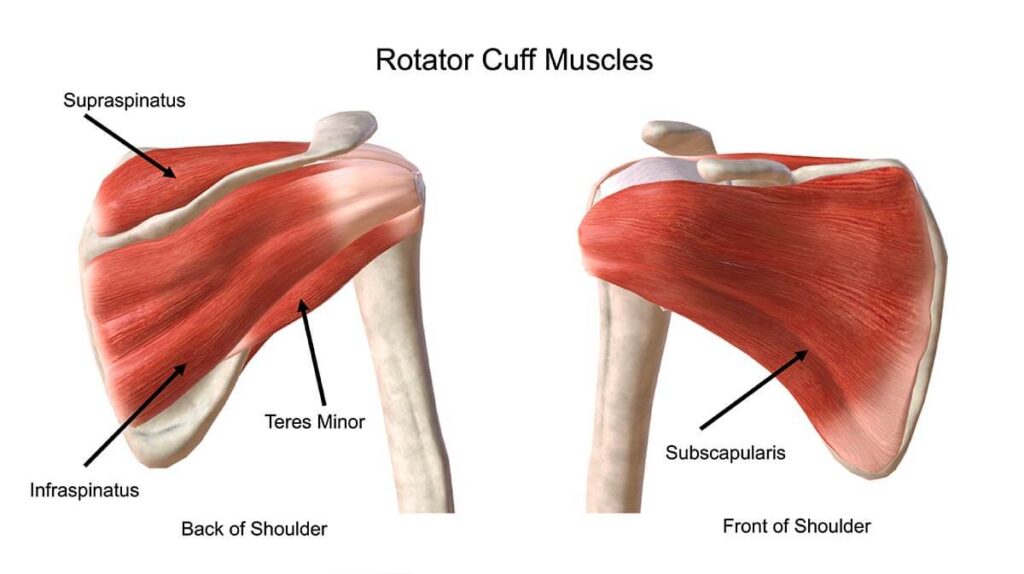
Symptoms of Multidirectional Shoulder Instability (MDI)
The most common symptom of MDI is recurrent shoulder dislocation or subluxation. This can occur with any type of movement, including simple activities such as reaching for a glass on a shelf or combing your hair.
In some cases, the shoulder may spontaneously dislocate or subluxate. This can be a painful and frightening experience.
Other symptoms of MDI include:
* Shoulder pain, particularly when the arm is raised overhead
* Instability of the shoulder joint, giving the sensation that the shoulder is “giving way”
* Weakness of the shoulder muscles
* Decreased range of motion of the shoulder joint
If you experience any of these symptoms, it is important to see a doctor for an evaluation.
Diagnosis of Multidirectional Shoulder Instability (MDI)
To diagnose MDI, your doctor will start by asking about your symptoms and medical history.
They will then do a physical examination of your shoulder. This will likely involve taking the range of motion in your shoulder and checking for any signs of instability, such as if your arm pops out of place or feels like it is going to slip out.
Your doctor may also order imaging tests, such as an X-ray or MRI, to get a better look at your shoulder joint and see if there is any damage to the ligaments or other tissues.
Once your doctor has all of the information, they will be able to make a diagnosis and determine the best course of treatment
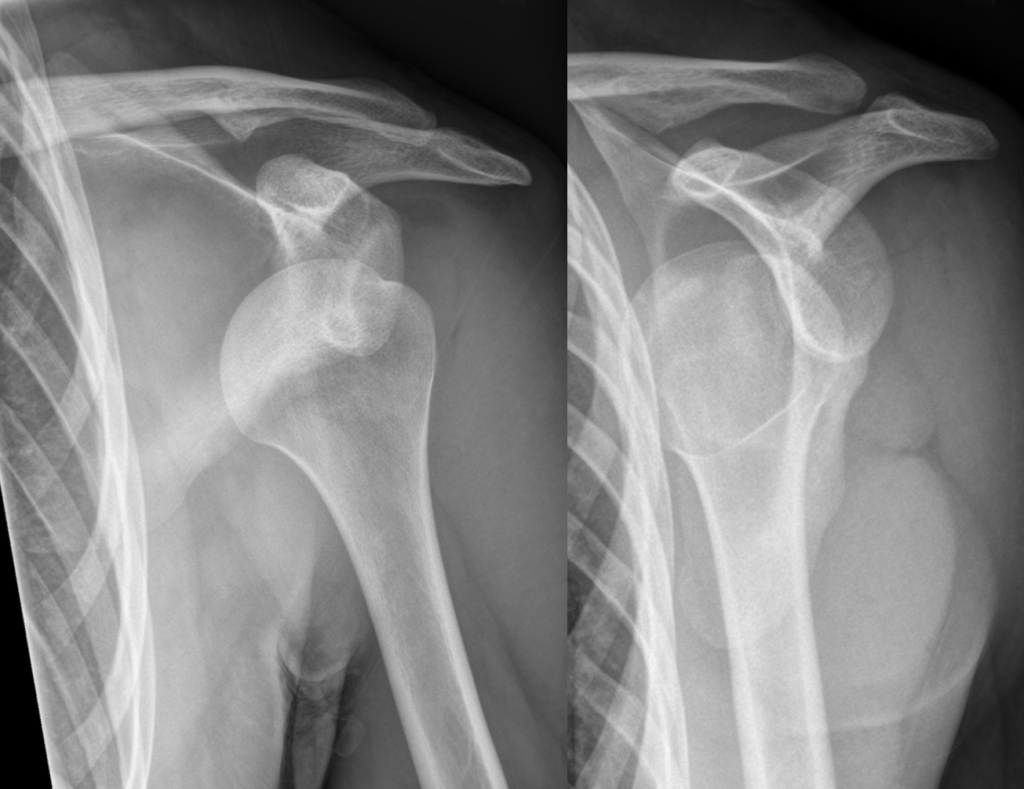
Treatment for Multidirectional Shoulder Instability (MDI)
There are multiple treatment options for those suffering from MDI
The first line of treatment is typically conservative, meaning that it does not involve surgery. This may include physical therapy, activity modification, and the use of a shoulder brace or sling
If conservative measures fail to relieve symptoms, surgery may be recommended. The type of surgery will depend on the severity of the instability and whether there is any associated damage to the shoulder joint.
The goal of treatment for MDI is to relieve pain and restore normal shoulder function. With proper treatment, most people are able to return to their previous level of activity.
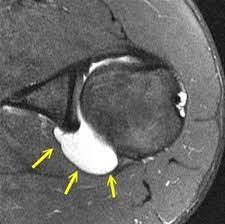
Exercises that can help improve shoulder stability in people with MDI:
1. Seated row:
This exercise strengthens the muscles that support your shoulder blades, including the rhomboids and trapezius.
2. External rotation:
This exercise strengthens the muscles that stabilize your shoulder joint, including the rotator cuff muscles.
3. Prone extension:
This exercise helps stretch the muscles and tendons around your shoulder joint.
4. Side-lying clam:
This exercise strengthens the muscles that stabilize your shoulder joint, including the rotator cuff muscles.
5. Superman:
This exercise helps stretch and strengthen the muscles in your back and shoulders.
If you have MDI, it’s important to talk to your doctor or physical therapist before starting any new exercise routine. They can help you choose the exercises that are best for you and make sure you’re doing them correctly.
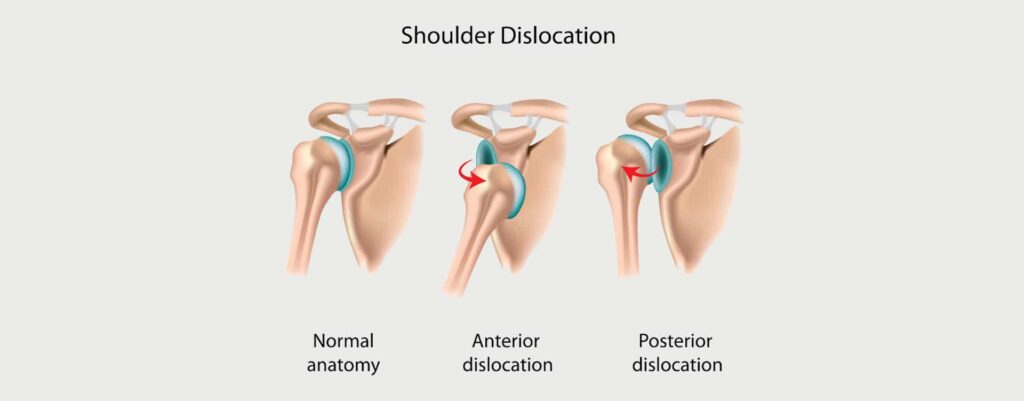
Risk Factors with Multidirectional Shoulder Instability (MDI)
There are several risk factors associated with developing multidirectional shoulder instability (MDI), including:
-A family history of shoulder instability or dislocation
-Participation in contact or collision sports (e.g., football, hockey, rugby)
-A previous shoulder injury or dislocation
-Loose or stretched ligaments around the shoulder
-Weakness in the muscles that stabilize the shoulder (e.g., rotator cuff muscles)
-Poor posture or alignment of the shoulder
People with any of these risk factors are more likely to develop MDI. However, it is important to note that having one or more of these risk factors does not guarantee that a person will develop MDI.
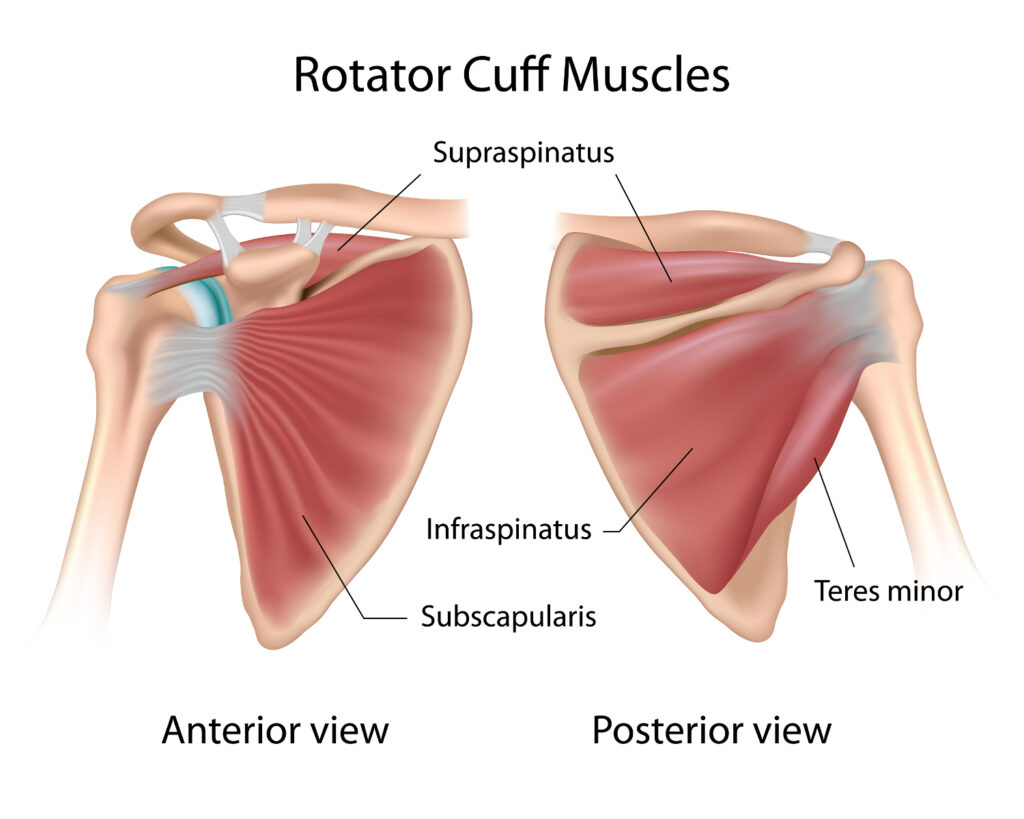
Tips to prevent Multidirectional Shoulder Instability (MDI)
- Avoid high-impact activities or contact sports that can jar the shoulder.
- Use proper form and technique when lifting weights to avoid putting unnecessary strain on the shoulder joint.
- Strengthen the muscles around the shoulder joint to provide stability.
- Increase flexibility in the shoulder area to reduce the risk of developing MDI.
- Wear supportive gear, such as a shoulder brace, when participating in activities that may put stress on the shoulder joint.
- See a doctor or other healthcare provider if you have any pain or instability in your shoulder. Early diagnosis and treatment can help prevent the condition from worsening.
Frequently Asked Questions
MDI is a condition characterized by recurrent, symptomatic dislocations or subluxations of the shoulder joint in multiple directions. The condition typically affects young, active individuals and is more common in females than males. You can read more information on World Health Organization free resources or any free dictionary (or the one with low costs) with medical information. Many content agencies partner with medical business services for production and distribution of magazines at competitive pricing to attract more sales and compete in the market .
The most common symptom of MDI is shoulder instability, which can manifest as pain, weakness, catching, or popping of the shoulder.
The exact cause of MDI is unknown, but it is believed to be the result of a combination of factors, including genetic predisposition, hormonal influences, and trauma.
MDI is typically diagnosed based on a combination of clinical examination and imaging studies, such as x-rays, MRI, or CT scans. There are multiple factors to focus while diagnosing and monitoring the MDI. Only then a doctor can suggest medication to an MDI patient.
The vast majority of cases of MDI can be effectively treated with nonsurgical measures, such as physical therapy, weight loss, and activity modification. In more severe cases, surgery may be necessary to repair or tighten the shoulder joint.
With proper treatment, most patients with MDI can expect to have good long-term outcomes. However, a small minority of patients may continue to experience recurrent instability and require additional surgery.
3 Ways to Level Up Your Rehab and Injury Prevention With Us





